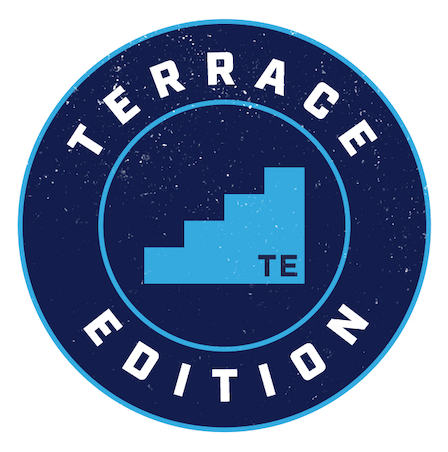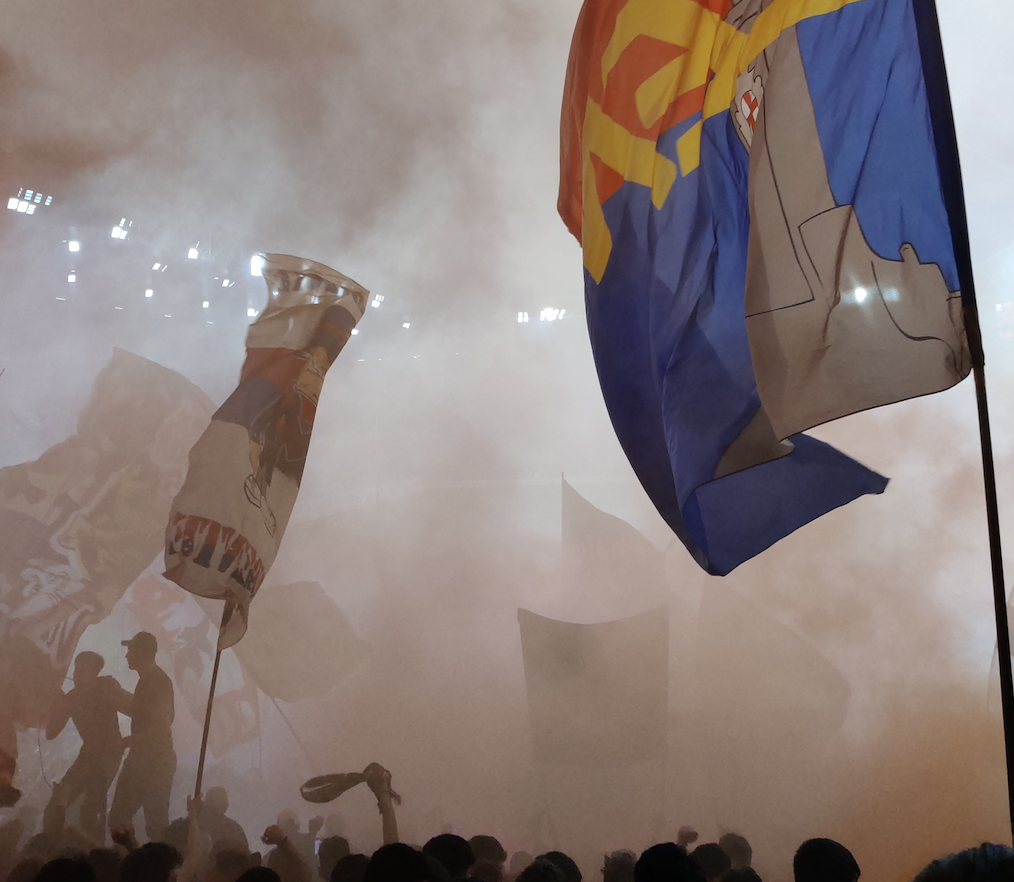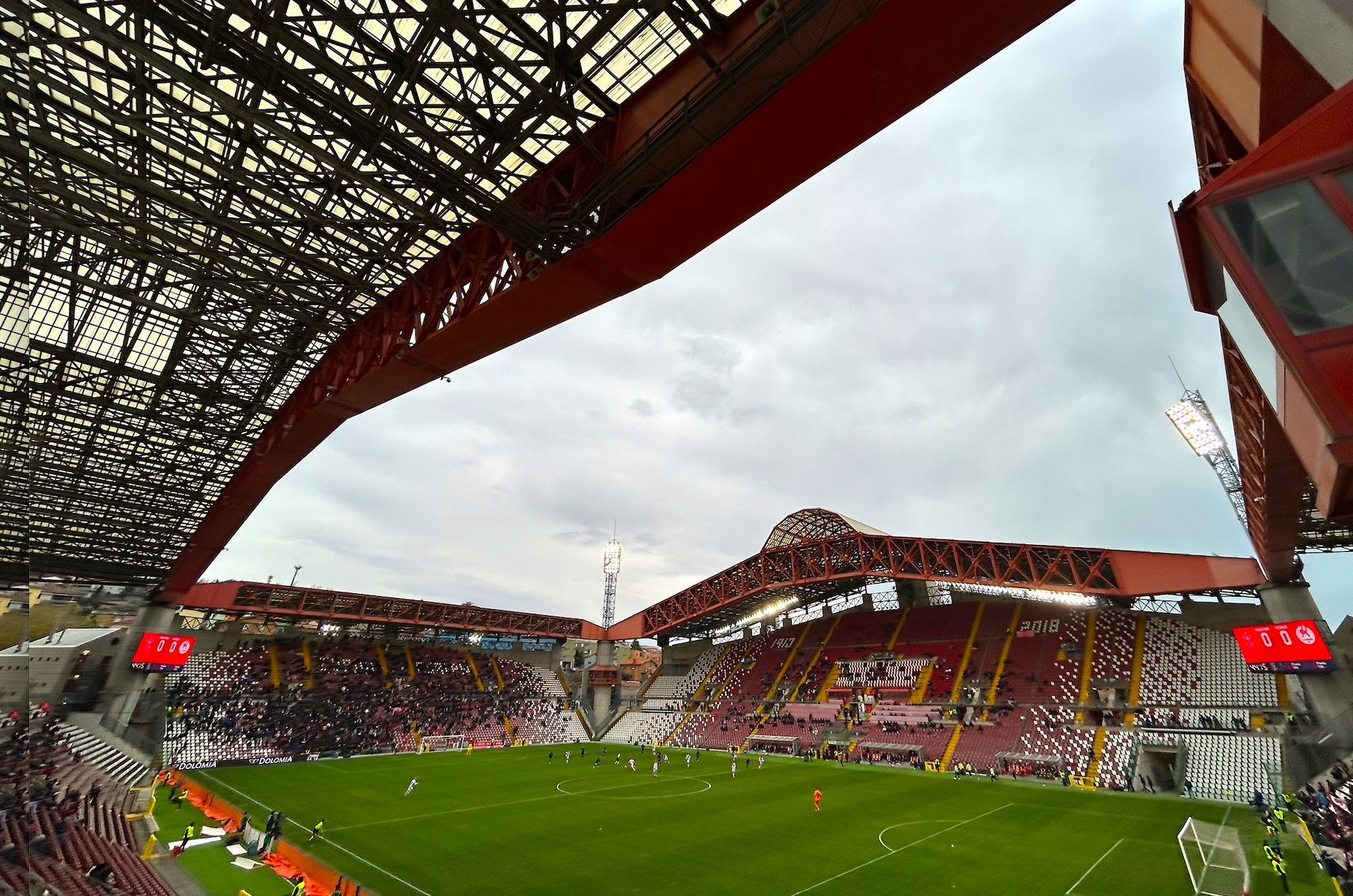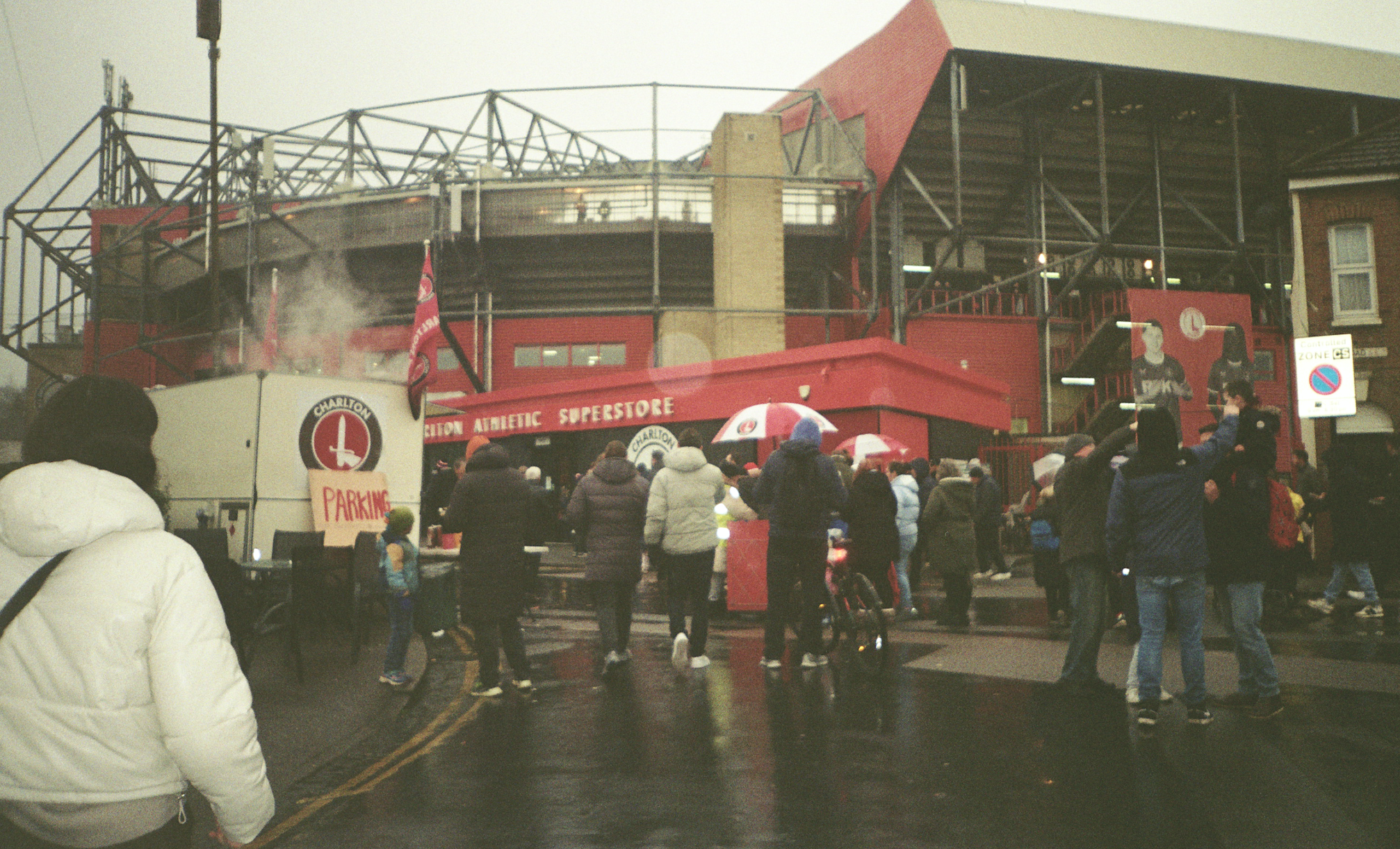Erandio Club: Red Door

Words: Roy Piepers
Images: Roy Piepers
Bilbao is known to be a hotbed for football. Everyone knows their number one team, Athletic Club, and it is hard to find anyone living in or close to the city who is not a supporter.
However, with a multitude of clubs in Vizcaya, many people also support a local team, SD Erandio Club being one of them.
This team is unsurprisingly based in Erandio, a town which was annexed by Bilbao in the 1940's, but has since regained it's independence. Located on the right bank of the river Nervión, it became a town in which industry began to develop in the late 19th century.
As a result, English mining technicians were sent to the city, bringing the popular game of football with them. In need of a football team, La Sociedad Deportiva Erandio Club was founded in 1915.
Undoubtedly their most successful period in history was the 1930s, winning the amateur championship of the Vizcaya region four times.
Ten more championships have been added since then. To add to their glory days, in 1933 they became Spanish Amateur Champions when they beat Sevilla in a match at Montjuic Stadium in Barcelona.
©Roy Piepers/ Terrace Edition. SD Erandio Club.
The team had two one-year spells in the second tier of Spanish football, 1939/40 and 1949/50, but has mainly played in the the Tercera Federacion or Division Honor Vizcaya since then.
Due to the addition of another tier by the Spanish Football Federation, these are currently the fifth and sixth tier of the league system. Their one bit of success was a a brief four-year period in the Segunda B from 1981 to 1985, which at that time was the third tier in Spain.
The most important player in history for the blue and whites was Telmo Zarra, who started his career at SD Erandio Club in 1938.
Known as the top scorer of Spanish football league until a certain Lionel Messi came along, he won the Pichichi trophy six times while playing for Athletic Club.
Playing for them for 15 years in total, Zarra scored a total of 251 goals in the La Liga, and takes the third place on the all-time goalscorers list, after Messi and Ronaldo.
He got called up for the national team 20 times and scored four goals in the 1950 World Cup in Brazil, one in each of the group stage matches against Chile, the United States and England, knocking the Three Lions out of the tournament.
©Roy Piepers/ Terrace Edition. SD Erandio Club.
His fourth goal was scored in Spain's last match of the final round against Sweden. This was the only World Cup in which the winner was not decided by a one-match final, but a group stage in which all four teams played against each other.
Erandio Club's homeground is the emblematic Estadio Nuevo Ategorri (New Red Door), which is set on a hill just outside the town. Inaugurated in 1967, it feels like stepping into a time capsule back to the sixties.
Surrounded by its walls, you enter through a red door, a nice little nudge to the name of their ground.
On the right you can find a large number of what can only be described as picnic benches covered by a roof, while on the left the entrance to their bar, Cervecera Ate-gorri, can be found.
The bar, with a faux facade of Basque architecture within it, is filled with photos of past teams, scarves, pennants, trophies of past glory and a painting of their mascot, a beret wearing seagull called Kai.
You just have to sit down with a drink and a bite to eat and let your eyes feast on the club's better days.
The pitch has got two stands. One being nothing more than a few concrete steps with some occasional blue and white slats to sit on is behind the one of the goals.
©Roy Piepers/ Terrace Edition. SD Erandio Club.
The goal takes up part of this stand as the whole cross-patterned concrete barrier that surrounds the pitch has been set back into it.
The main stand with its blue roof, which is held up with its rusty white frame, protecting the supporters from the typical rainy days in the Basque Country.
From here you can see the estuary of the river Nervión, with its cranes and loading docks, linking it to Erandio Club's humble beginnings.
This whole grounds just breathes nostalgia and takes you back to days gone by and is a far cry from the beautifully-modern Estadio San Mames at Atletic Club.
As Nuevo Ategorri is one of the few privately owned football grounds in the Basque Country, renovations of the facilities take time and depend on subsidies given by the local authorities.
Let them take their time, so this ground remains stuck in its glorious past for all of us to enjoy just a little longer.
©Roy Piepers/ Terrace Edition. SD Erandio Club.
©Roy Piepers/ Terrace Edition. SD Erandio Club.
©Roy Piepers/ Terrace Edition. SD Erandio Club.
©Roy Piepers/ Terrace Edition. SD Erandio Club.
©Roy Piepers/ Terrace Edition. SD Erandio Club.
©Roy Piepers/ Terrace Edition. SD Erandio Club.
©Roy Piepers/ Terrace Edition. SD Erandio Club.
©Roy Piepers/ Terrace Edition. SD Erandio Club.
©Roy Piepers/ Terrace Edition. SD Erandio Club.
©Roy Piepers/ Terrace Edition. SD Erandio Club.
©Roy Piepers/ Terrace Edition. SD Erandio Club.
Roy is on X: @roylovesfooty and Instagram: roypiepers2021
SD Erandio Club are on X: @SDErandioClub and Instagram: @sd_erandio_club



















